Editor's Note: Read related interviews in the George Floyd: In Memorium roundup.
Picture This Post (PTP) talks with Denise Saunders Thompson (DST), President and Chief Executive Officer of The International Association of Blacks in Dance. Recently, she completed 17 years of service at Howard University in both academia and administration. Thompson began her work with IABD as first a consultant, then Executive Director/Chairperson, and finally, was appointed IABD’s first President/CEO in 2017. As an international dance service organization, IABD reaches across continents with members from all over the world. The Annual International Conference and Festival of Blacks in Dance, organized by IABD, seeks to grow the audience for Black dancers. In January 2020, their Conference and Festival in Philadelphia filled the 1800-seat Merriam Theater each night. In this interview, she shares her thoughts on the Black Lives Matter movement and her organization’s campaign Can You Hear Me Now? — an open letter to the White American dance community.
(PTP) Please tell Picture this Post readers a bit about your personal background.
(DST) I grew up in a small town in New England, Tolland, Connecticut. My family was one of four Black families. You hear the beginning of this story from many in this industry, but I really did start dancing at a very young age. My first dance school was the Richard Risley Dance Studio in Coventry, CT. Mr. Risley was the originator of the Mr. Dance of America scholarship competition founded in 1979. My mom put me in dance classes at a very young age and I danced with that studio until I went off to college.
I was always the “fly in the buttermilk” as my mother would say but I come from a lineage of performers on my mother’s side of the family. My mom was a music teacher for 40+ years in the Hartford Public School system and a Jazz club singer, my grandmother was a singer, my uncle a singer, my cousin singer and actress, it goes on and on. I trained to be a performer, entered Howard University (HU) as the 1st Musical Theatre Major and after a few theatre practicum courses (lighting, sound, stage, costume) and learning about the “gig” culture of the business, and being told that because I was “too dark-skinned” it would be more difficult for me to pursue a performance career, and I should consider changing my major. But by the 2nd year of college, I had already been bitten by the “admin” bug and fell out of love with show business and in love with business show. I changed my major to Theatre Arts Administration.
During the 80s and 90s, HU provided the best experiences and education, more than I could have even imagined at the time. Everyone came through Howard and I would “sit at the feet of the masters” every opportunity I could get. It was there that I discovered the importance of being a Black female in Arts Administration and the superpower that I held. I was ready to conquer the world.
Do you experience the protests after the highly publicized murder of George Floyd as the beginning of a sea change in America or do you fear this is more same-old-same-old?
I am still waiting for change in America. What I believe has occurred for some Americans is the beginning of “wokeness.” People are now aware of the systemic issues and racial disparities that have been lived experiences on a day to day, hour by hour and minute to minute occurrence for Black people for over 400+ years – social and racial injustices are now literally live-streamed for all to witness and see.
Why was The International Association of Blacks in Dance started?
IABD was created to fill in a gap/need that was not being met by the national service organization of dance at the time. The Black dance community came together on issues that were important to them and to celebrate, preserve and promote dance by people of African ancestry or origin as well as increase opportunities for artists in advocacy, audience development, education, funding, networking, performance, philosophical dialogue, and touring.
Can you tell our readers about Can You Hear Me Now?
The campaign was started in response to the many statements that were being issued by dance companies/organizations along with the piercing silence from so many others in the dance community. The absence of response and the lack of action within the statements, left me sad and angry, all at the same time. IABD took a moment to intentionally watch and wait for an entire week as the dance field responded. We took note of who actually stated that Black Lives Matter and who publicly committed to interrogating and changing the structure of their organizations. Which organizations acknowledged White privilege and committed to dismantling systemic practices. Who stood with IABD, an organization that has been connected and servicing its community for over 30 years as well as its members who have been “doing the work” for decades. We been here. We been Black. 365.
The White American Dance Community has a lot of work to do – period. No rock can be left unturned in this moment in time. Interrogate and question everything about yourself and your organization. Who is it meant for? What is the purpose? Where can you make the most impact? What more can we do than just support? Why are we continuing the same old and outdated practices? Who are the voices that have been left out and why? What actions do we need to take to be anti-racist? Ask yourselves all of the questions and so many more – is it just us or do you want justice?
It is my hope that the White American Dance community will do something, anything that begins the process of dismantling the White supremacist practices and nature of this field. What needs to go, what needs to change, what must be done differently? What was actually working well that can be enhanced and elevated? There has been deep trauma for Black and Brown people as a result of these systemic practices and how will we course correct. IABD is in the process of first creating space for its own community to come together to heal. To let go of some of the internalized practices that we have upheld to create opportunity for new learning. There is accountability on both sides and we must help ourselves before we can help others.
What are the next steps planned for this campaign?
In the coming week, IABD will be releasing THE BLACK REPORT. This report documents the organizational and financial health of a representative sample of 30 Black-led dance companies across the United States. Through a grant funded by the Andrew W. Mellon Foundation, IABD traveled to the cities and communities of these companies collecting financial and organizational data in order to assess the needs of the Black dance sector. As a result of the report findings, IABD is poised to bring to light the innovative methodologies in spite of pervasive and sometimes destabilizing racism as well as systemic financial inequities – utilizing dance as a means of protest, survival and social change.
This report is a CALL TO ACTION, to move beyond the comfortable conversations, the empathy and understanding, the “woe is me and wringing of the hands.” It is now time for the hard work of CHANGE to begin for all who enter this space of trusting the process and implementing real equitable practices in the arts field.
The same issues and matters that plague large budget and White mainstream dance companies occur within the Black dance community (i.e., staffing, touring, compensation, community engagement, founders presence, etc.). Dance is the least funded of all of the art forms and White dance companies are often referred to as having Anorexia – if that is the case, then the Black dance community is on “Life Support and Hemorrhaging,” of which the effects are even deeper and more traumatic.
Historically, most dance “critics” and dance audiences have been predominantly White. How has this impacted IABD members, their work, and their opportunities to develop their art?
I am going to challenge your line of questioning about dance audiences. Dance audiences are relative to the companies/organizations that they serve. So, you cannot make the statement that in many/most cases the audiences have been predominantly White because that is simply not true. Let’s cut that line of thinking out right now. Let’s not uphold the very systems we desire to dismantle.
This subject on dance critics has been a long debate. A dance critic/reviewer can easily hurt an artist through bias, and even worse, plain ‘ol ignorance. One must have cultural literacy and have some authority on that which they review. And unfortunately, as it pertains to Black Dance and/or Blacks in Dance, the critic is incompetent and has no knowledge/context of what they are watching or experiencing. White dance critics have “policed” Black Dance choreography and Blacks in dance performances for years. Their knees have literally been on our necks perpetuating racist double standards and viewing our work as primitive. Oftentimes in reviews, words such as traditional, urban, wild, athletic, etc., are used to describe our dances. This terminology in no way speaks to the work. What this demonstrates is the cultural incompetence and lack of knowledge about what they are reviewing. A “bad review” can literally close down a show and ruin an artist's career.
Thomas F. DeFrantz said it best, "Historically, Black dance has been discussed by White critics as an accessible, vernacular mode of movement. Its techniques and achievements have rarely been considered art, or even art-like. Racism has fueled the dismissal of Black dance as an urgent mode of art making. When considered as vernacular performance, Black dance could be undervalued as childish, unstructured or spontaneous. Black dance has been consistently discussed in terms of a ‘natural’ achievement, something somehow bred into Black communities and realized without effort. Of course, these sorts of assertions arrive without merit and are entirely untrue. Expert Black dancers practice, rehearse, risk failure and achieve unique performances through persistent effort. But the legacies of demeaning Black dance as unintellectual or underdeveloped persist and surround creativity in this mode."
We don’t want your reviews nor desire to read such ignorance. Will the real informed and knowledgeable dance critics with cultural competency, please stand up?
How has the pandemic affected IABD members differently than White dancers?
Our creative economy has been devastated. Right now we are relegated to our in-home spaces or just places. Some are able to continue honing and working within the craft while others are not. But in particular, Black, Brown and People of the Global Majority are currently in a triple crisis: Economic, Health and Race Crisis’. We are facing loss in unsurmountable ways and recovery for some, will not be possible. IABD is doing all that it can to assist the community through our Emergency Fund (that you can still donate to) and we can only hope to continue to be that lifeline.
What will IABD do going forward in order to further the conversation of BLACK LIVES MATTER in the Dance Community?
IABD will continue to elevate and raise our voices in support of the movement. I have been having some deep discussions about the centering of Blackness. Currently, we are all having conversations about social, economic, political and racial injustices and Blackness keeps getting “othered.” We have to stop using vague language and name it – the focus of the movement is about Black people. Right now, this really ain’t about everyone! I’m not apologizing. We have to first start becoming comfortable with saying the word Black. I have been on Zoom calls where during the entire conversation the word Black was not mentioned but yet is the subject matter. I was completely confused and had to stop and ask for clarity about what we were supposed to be talking about. The history of race relations in this country is sordid and has never truly been dealt with. It is now time to face the injustices imposed on Black people; right now, during this very moment of the movement. Where is my 40 Acres plus my mule and…?
Any other comments for our readers, you would like to convey?
At IABD, Dance Thrives Here.
For more information on Can You Hear Me Now?, please visit The International Association of Blacks in Dance website.
Nominate this for The Picture This Post BEST OF 2020???
Vote Securely! Vote Privately! And Make Your Vote Count-- as all voting should be!!
Click Readers' Choice
Read more dance reviews by dancers in the Picture This Post Round-Up, “Choreographers’ Eyes - Dancers Explain Dance”. Watch this video preview of the story here —

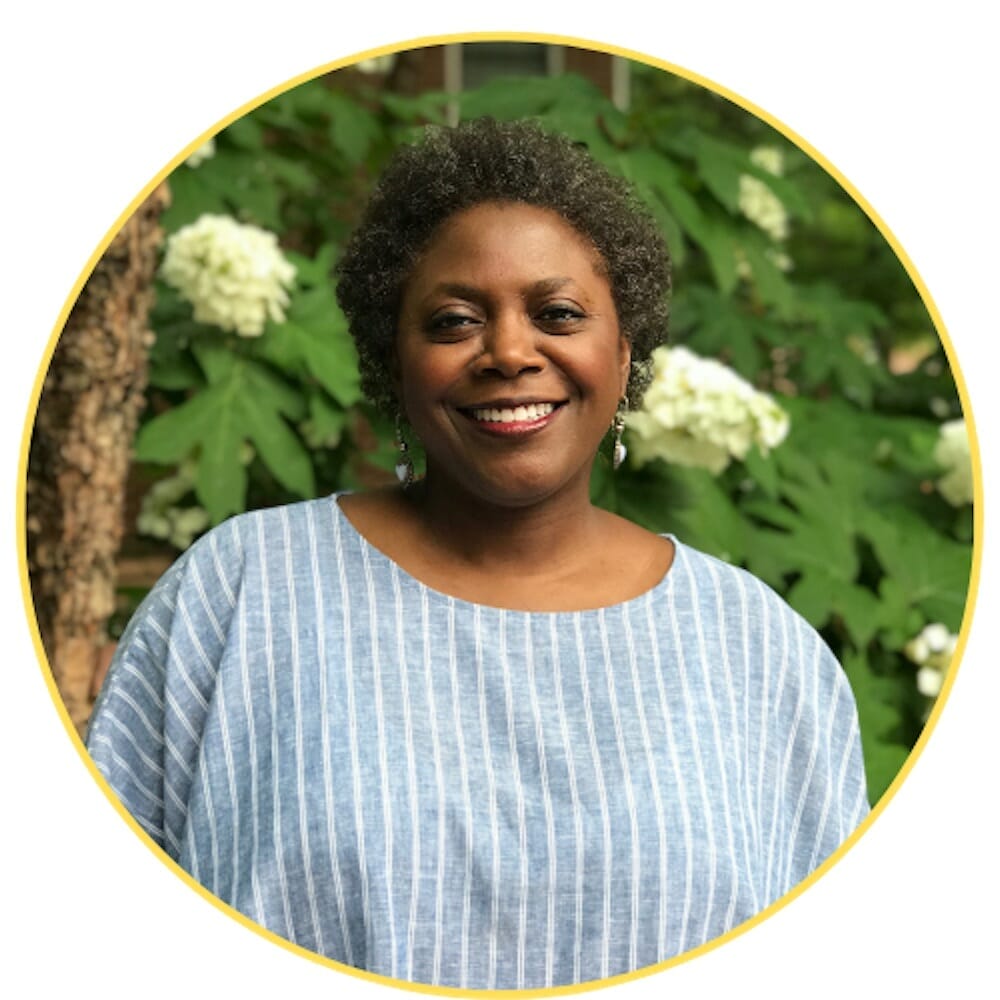
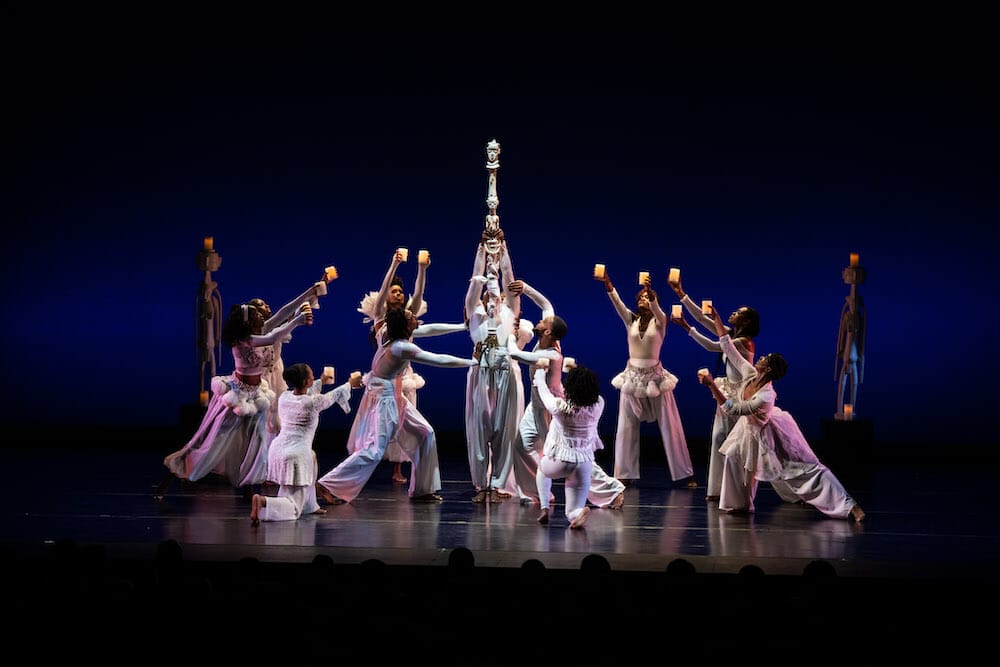
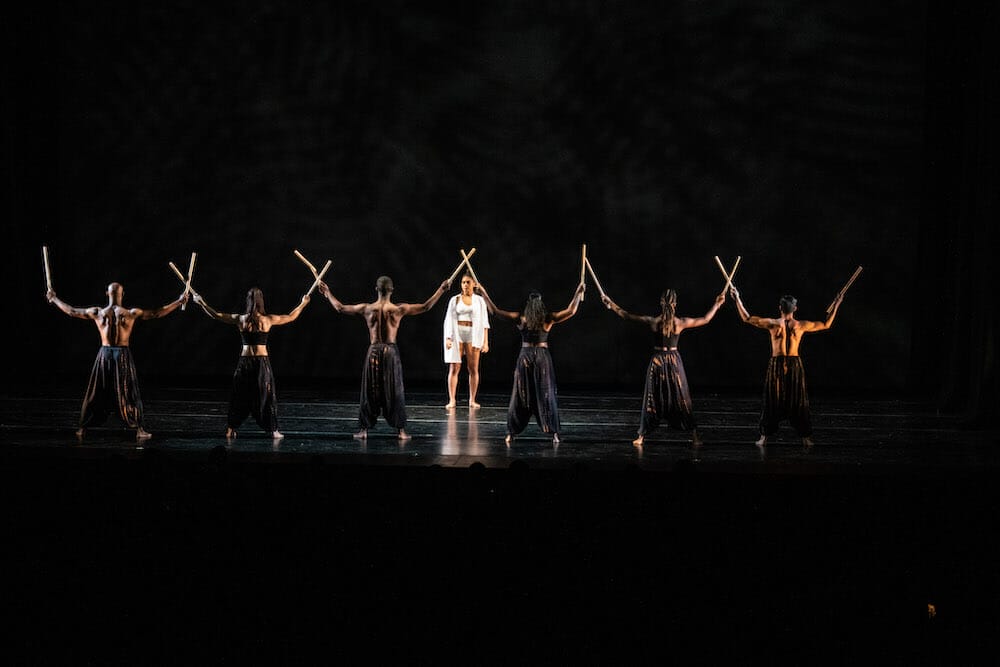



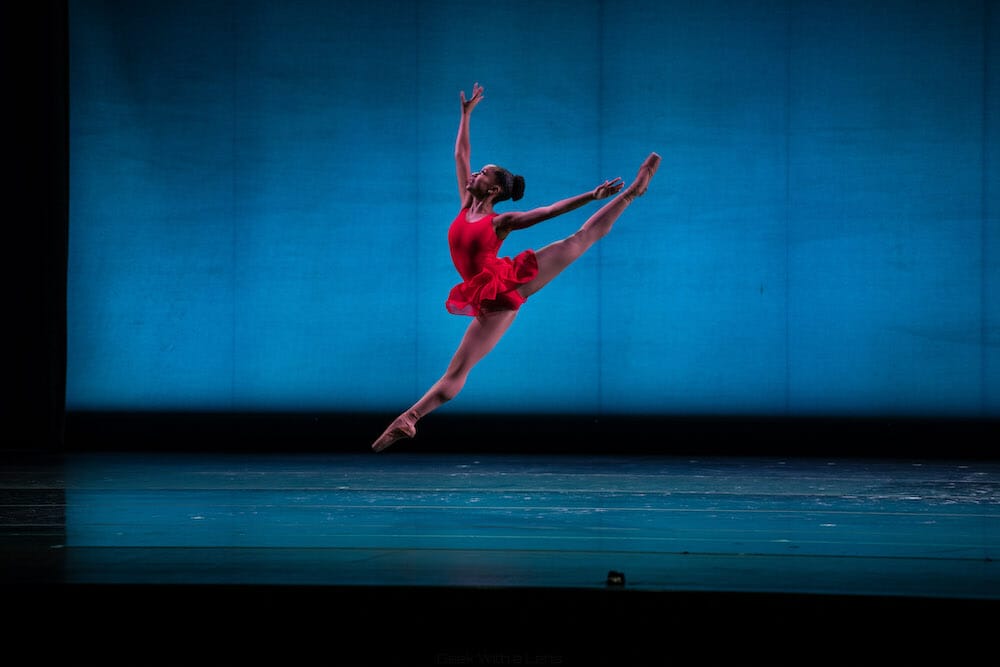
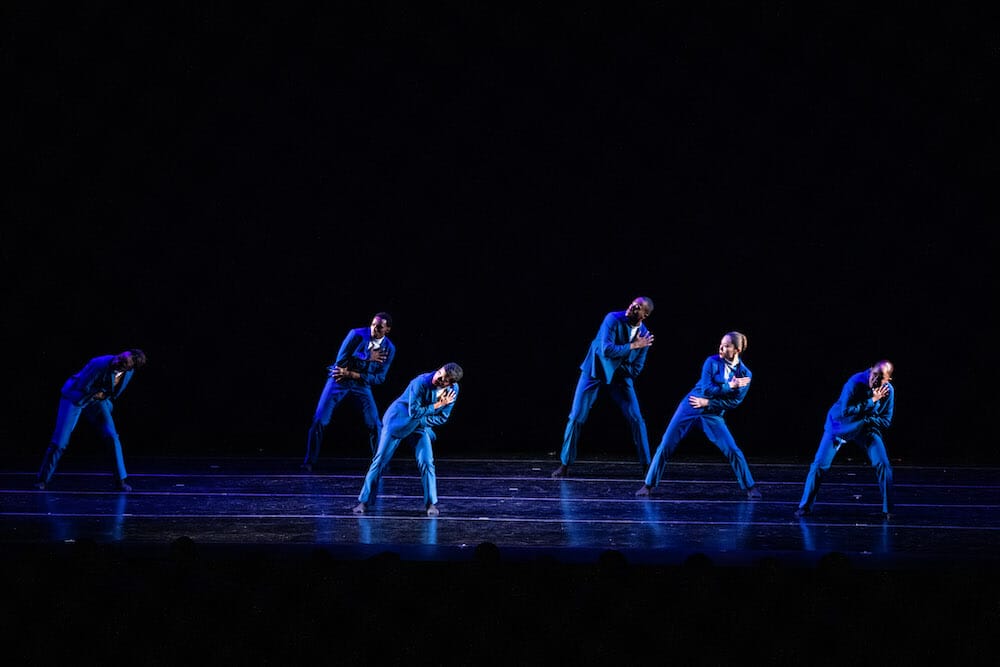
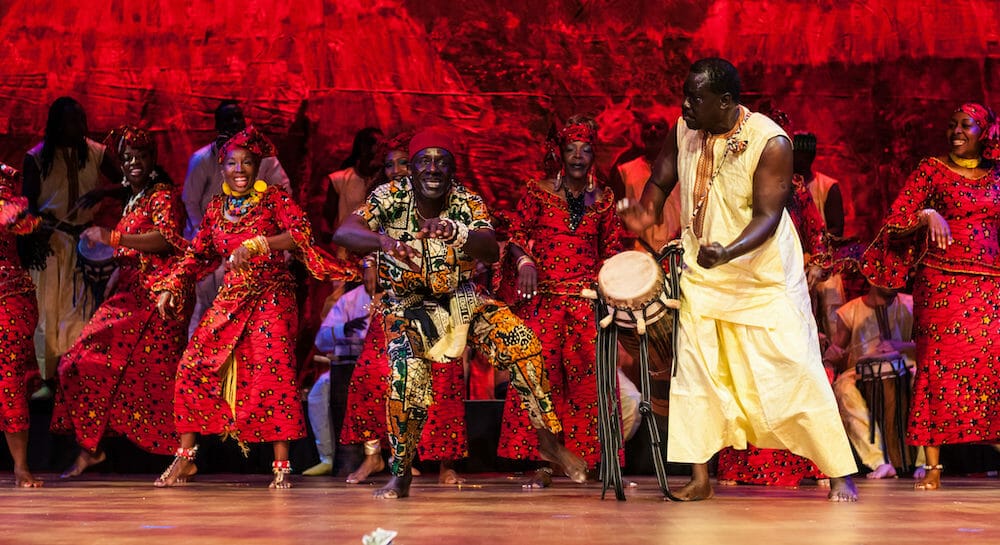
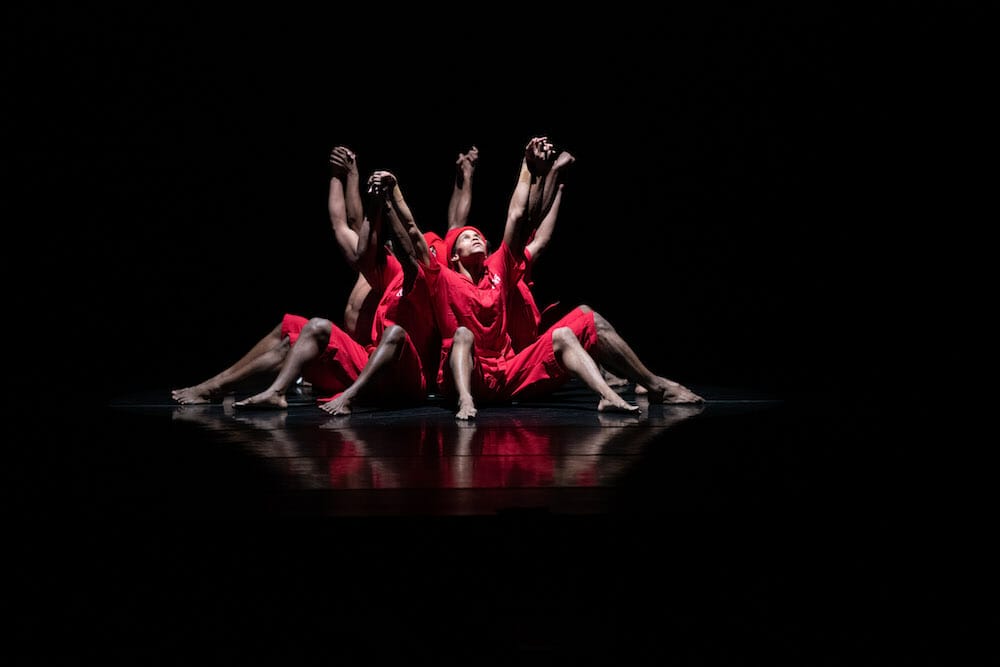


Nominated for Picture This Post BEST OF 2020
Nominated for Picture This Post BEST OF 2020